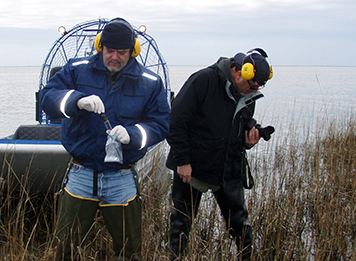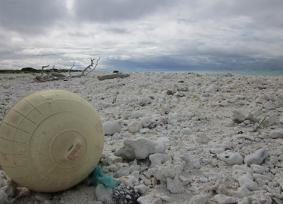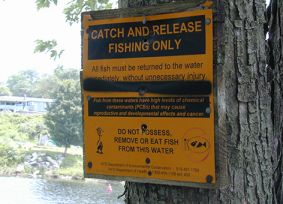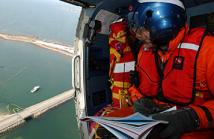This is a job aid designed for anyone who needs to decide if, where, when, and how to remove oil from coastal habitats.
|
This job aid is designed to help spill responders select appropriate response options to minimize environmental impacts when oil spills in coastal habitats.
|
This field guide serves as a refresher for people who have completed training in dispersant application observation.
|
This publication, for oil and chemical spill responders, describes the products and services that the NOAA Scientific Support Team can provide to Federal On-Scene Coordinators (FOSCs).
|
In situ burning, or ISB, involves the controlled burning of spilled oil directly at the location of the spill.
|
This is a 1992 training manual covering physical, geological, and biological considerations relevant to oil spill response and cleanup.
|
Download or order this job aid, designed for volunteers who report observations of ice conditions at sea to authorities such as the U.S. Coast Guard.
|
Here are reports describing oil and chemical spill responses in which OR&R participated from October 1992 through September 1999.
|
This guidance document presents a basic overview of sea turtle biology and summarizes what is known about the effects of oil on sea turtles.
|
Exposure to an oil spill can cause external and internal problems in killer whales when oil is ingested or inhaled. Learn about the methods that are sometimes used to deter whales from the area of a spill.
|
This 2001 report summarizes relevant research on coral reefs; it was written for anyone working in or planning for spill response in coral reef regions.
|
This 2002 report summarizes current research on mangrove ecosystems for spill response decision-makers.
|
Learn about the many different kinds of oil, which differ from each other in viscosity, volatility, and toxicity. When spilled, the various types of oil can affect the environment differently. They also differ in how hard they are to clean up.
|
This job aid contains aerial color photos of oil on water to assist in identification of thickness, structure, and estimated volumes of oil on the water.
|
When spill response managers determine that seafood may be affected by spilled oil, the next step is to assess whether seafood is tainted or contaminated to levels that could pose a risk to human health through consumption. Download several publications that describe how to monitor seafood for exposure and contamination after an oil spill.
|
This supplement to the Shoreline Assessment Manual contains visual examples of many of the terms responders would use during shoreline assessments after an oil spill.
|
The Shoreline Assessment Manual describes the methods and process for conducting shoreline assessment after an oil spill, and using the results to make cleanup decisions.
|
These manuals are customizable tools for people who plan and implement shoreline countermeasures to reduce the ultimate environmental impact and cost of an oil spill.
|
Special Monitoring of Applied Response Technologies (SMART) is a monitoring program for dispersant and in situ burning operations.
|
Tarballs, the little, dark-colored pieces of oil that stick to our feet when we go to the beach, are actually remnants of oil spills.
|
This 2002 guide describes the basic concepts involved in analyzing the trajectory of spilled oil.
|
|





